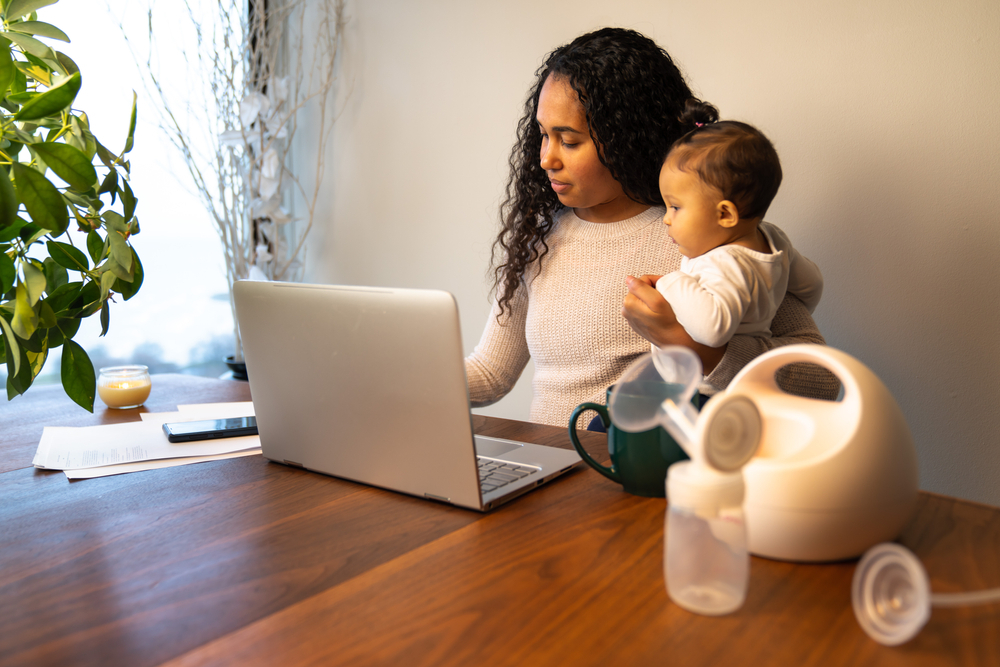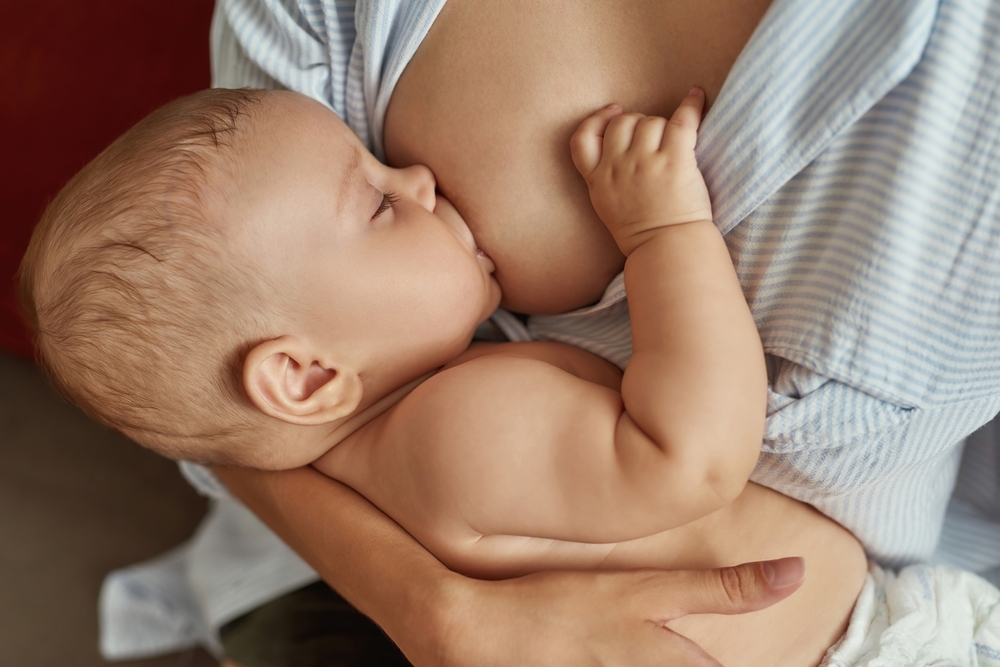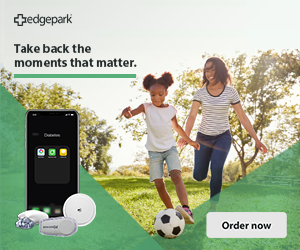6 tips for using a breast pump on-the-go
Life as a new parent can be really busy, especially while you're breastfeeding. Providing milk for your baby is a 'round-the-clock job, and it's one only you can do. More than likely, there are times when you need to pump, but you also need to be on-the-go.
Here are six top tips for using a breast pump when life gets a little hectic and you're away from home.
1. Choose the right breast pump for the right situation
A wearable pump may be the perfect choice for moms who need to pump frequently while away from home. An electric pump is also an efficient choice for many women, but you won't be able to use it if you're traveling by car and aren't near an electrical outlet. In that case, there are a couple of choices: You can purchase an adapter for your car, or you can switch to a manual pump. Purchasing a car adapter makes sense if you're going to travel long-distance or frequently, and a manual pump may be just right if you only need to pump while away from an electrical outlet occasionally.
2. Travel with the supplies you need
While away from home, in addition to your breast pump, you may also need:
- Clean bottles for milk storage, as well as the caps used to seal them.
- A small cooler with ice packs to keep your milk cool.
- A cloth diaper to place in your lap to protect your clothes in case any milk drips during pumping.
- Baby wipes to clean up any minor spills.
- A small tube of pumping lubricant (if this is something you normally use).
- A bag where you can place your used pump flanges until you wash them.
3. Store pumped breast milk correctly
Breast milk can be stored at room temperature for up to four hours, refrigerated for up to four days, or in the freezer for up to six months. It's important to note that the temperature inside a vehicle is much warmer than room temperature or the temperature outside. So, storing breast milk with a cooler and ice is recommended if you're away from home.
Some breast pump carrying bags include a cooler compartment designed for milk storage and transportation. This is a handy feature; just add some ice packs and you're ready to travel for the day. If your pump carrying bag doesn't have this feature, a small lunch-size cooler with ice packs will work equally well. Be sure to check that your bottles and ice packs fit inside the cooler with the lid closed before you head out for your adventures.
After returning home, remove the pumped breast milk from your cooler right away and label it with the date. Store it in the refrigerator or freezer. Offer your baby refrigerated milk before frozen milk because it contains more immune-boosting properties.
When you're ready to thaw your frozen breast milk, you can safely use either of these methods:
- Move it to your refrigerator and allow it to thaw overnight. Once the milk is thawed in the refrigerator, it should be used or discarded within 24 hours.
- Run lukewarm water over it or sit it in a bowl of lukewarm water for a few minutes until it thaws. Once the milk is brought to room temperature, it should be used or discarded within 2 hours.
Once breastmilk has been thawed, it should not be re-frozen. Never microwave breastmilk (or infant formula). Not only does this destroy immune-boosting benefits of breastmilk, but microwaving may cause hot spots to form in the milk, creating the potential for burning the inside of your baby's mouth and throat.
4. Clean your pump with wipes or water
There are quick-clean pump wipes available for use when you're away from home and can't fully wash and dry your breast pump as you normally would. Many of these wipes have no alcohol, scent, or bleach, so they're safe for your pump, your breasts, and your milk. If you don't have those, give your pump flanges, connectors, and valves a quick rinse in plain water. Either way, wash the parts of your pump that come into contact with your milk with warm soapy water when you return home and allow them to air-dry.
5. Dress for easy pumping
Some women prefer a nursing bra and nursing shirt combination as well as a nursing cover-up or poncho to help them pump discreetly when away from home. If you don't have specially designed clothing, a pullover top is often a better choice than a button-up shirt for remaining mostly covered. A dress is the most difficult thing to wear for pumping since it may have to be completely removed in order for you to access your breasts.
If you will be pumping in the car, a windshield sun shade can provide some additional privacy.
6. Maintain your pumping schedule
When life gets busy, it's tempting to delay nursing or pumping just a little longer each time so that you can make the next meeting or hurry and catch a flight. But getting away from your regular schedule is a recipe for reduced milk supply or worse, mastitis (a painful breast infection that most often requires antibiotics). Instead of over-scheduling and pushing to make the next deadline, try to recognize that pumping takes time and effort, and life will be much easier if you allow yourself to build time for pumping into your busy schedule.
There are pumps to fit all kinds of people with varying needs and different lifestyles. Consider your pumping routine and decide what kind of pump will work best for you and your new baby. For more information, read 5 things expecting mothers need to know about breast pumps.




